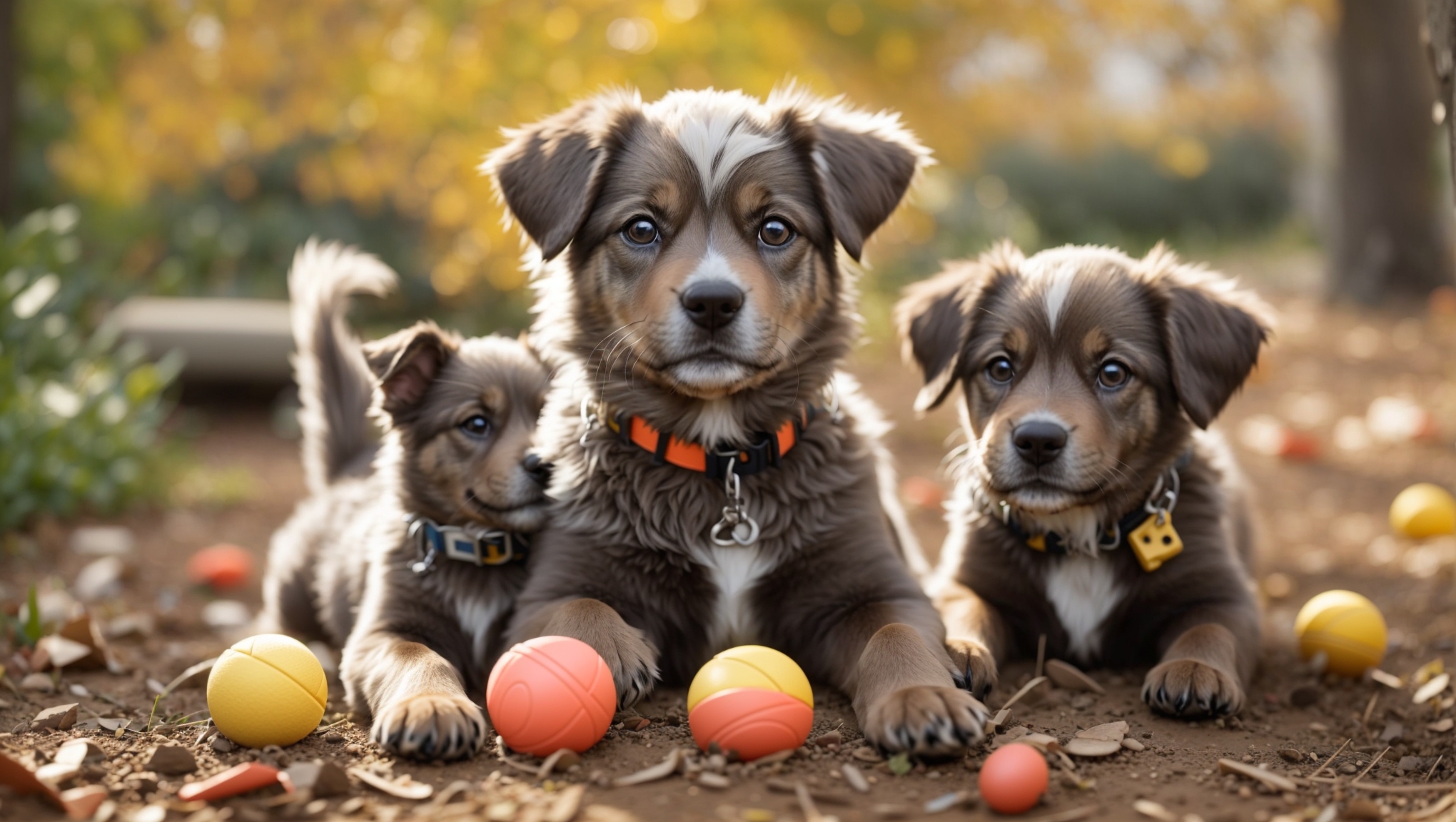For your canine companion, designing and planting a pet-friendly garden or outdoor area that prioritizes their security, ease, and happiness is essential.
Install safe fence first to keep your dog from straying and to establish boundaries for their safety. To deter jumping or digging, choose materials that are robust and tall enough. To handle any potential escape routes, regularly inspect and repair the fence.
Selecting plants that are safe for pets is important because some plants can be dangerous if consumed by dogs. Lavender, rosemary, and sunflowers are common selections for pet-friendly landscaping. Beware of plants with sharp or spiky parts, as well as those with poisonous berries or seeds.
Designated Play spaces: Establish designated play and exercise spaces, preferably with tough, pet-friendly surfaces like gravel or artificial grass. To keep your dog entertained and active, give him toys and agility tools like hurdles or tunnels.
Dogs require shelter and shade to avoid the sun and rain. Create areas that are shaded by placing umbrellas, pergolas, or trees. Consider providing your dog with a covered kennel or doghouse where they may hide out during bad weather.
Use pesticides that are safe for pets instead of potentially hazardous ones. To preserve a healthy garden environment, choose natural and non-toxic substitutes.
Safe Water Source: Make sure that your dog has access to clean water all day long. For them to drink from, think about setting up a pet-friendly water feature like a small pond or a dog-friendly water fountain.
Create wide, well-lit paths so that you and your dog can move about the garden without causing any damage to the plants. For designated walkways, use pet-friendly materials like mulch or stone.
Training and Socialization: To keep your dog mentally active and social, consider setting up playdates with other dogs. In order to prevent digging or excessive exploration, make sure they are taught to respect garden boundaries.
Repair any damaged fencing or structures, fill in holes, and regularly maintain your outdoor area by trimming overgrown plants. This will maintain the area's safety and aesthetic appeal.
You can design a pet-friendly garden that is pleasing to your landscaping tastes and your canine companion by including these components in your outdoor area. It's a place where your dog can play, explore, and unwind without danger, deepening your relationship with your four-legged friend.
Tags
dog
dog friendly garden
dog friendly outdoor space
dog friendly plants
garden for dogs
garden ideas for dogs
pet friendly garden
plants safe for dogs
poisonous plants for dogs


